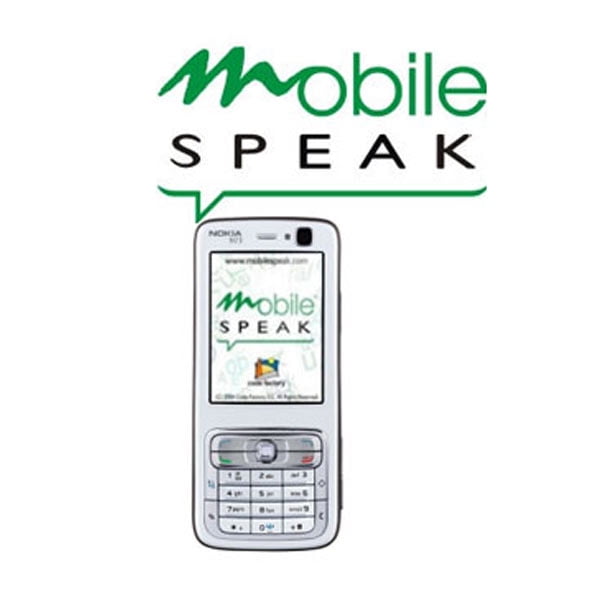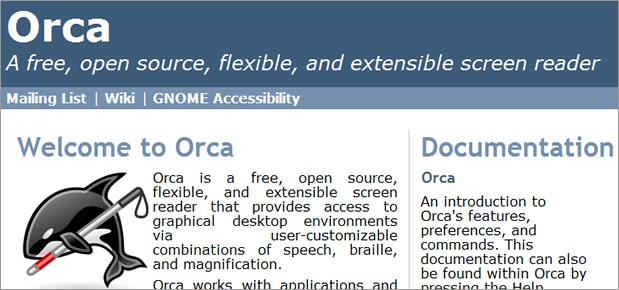

When video or audio starts playing automatically, it can drown out the voice of the screen reader. But for screen reader users, it can be even more alarming. Most people will know how annoying it is to load a web page with noisy adverts that start playing suddenly.
#Screen reader software for blind how to
How to design accessible web forms Auto-playing audio and video I often have to enlist help from a sighted person, but this isn’t possible for everyone. It means we are unable to fill in the form independently. Without an option to hear the audio, it’s not accessible.

And as a screen reader user, there’s nothing more frustrating than these forms being labelled incorrectly.Įspecially CAPTCHA checkout requirements. It means people who use screen readers cannot access the same functionality.Ĭontact forms are an effective way for customers to get in touch with your brand or business.

However, when these forms are not labelled, or not labelled correctly, it means we cannot use them.įor example, if a search box is not labelled, it means screen reader users have no idea of the purpose of that box. Whether it’s to help you search for a product or to get in touch through a contact form. Most websites use forms in one way or another. Other elements that screen reader users use to navigate webpages include links, lists or landmarks.

Headings also help to break up the web content visually and improve readability. How to create a good heading structure for accessibility If that’s the case, we have to resort to tabbing or arrowing through a long web page to find the information we need. If websites don’t use headings, it means screen reader users are unable to use the keyboard shortcuts to navigate through the webpage this way. Especially when they follow a logical heading structure with H1s, H2s and H3s helping to prioritise the content. They are a great way to find the information we need quickly and effectively. Poor use of headingsįor quick and easy navigation, many screen reader users navigate using various elements on the page such as headings. Use our tips for writing better alt text to check the accessibility of your images. Alt text should be clearly written and give an accurate description of the image. It’s therefore important that people with a visual impairment can access this information as well. Images often convey valuable information. If images do not have alt text, then screen readers will simply say “image” or “graphic” which gives no context or meaning. This means that blind and visually impaired people can understand the content of the image in an accessible way. Screen readers read image descriptions out loud. Image descriptions are also known as alt text (alternative text) which is a written description of an image. Using image descriptions is essential for accessibility. This is probably the most common issue I encounter when browsing the web. Never make your users guess where a link will take them or force them into a trial-and-error situation. They must have a clear description of where they will lead to when pressed, rather than ‘click here’. It means that blind and visually impaired people don’t have to press the link or button without knowing where it will take them.Īs well as unlabelled elements, links and buttons that do not have a clear description are also really frustrating. If links and buttons are labelled correctly, screen readers can read the label out loud. Ultimately, unlabelled links make it much harder to navigate the website easily, quickly and independently.įor example, when linking to an about page, ‘click here’ doesn’t give any clue as to where it leads to, but ‘find out more about who we are’ is clear. If links and buttons are not labelled correctly or if at all, then it makes it difficult for screen reader users to find the information they need. Screen reader users rely on links and buttons to navigate around a website and to find the information we need. They also work with other output devices such as a braille display.Īs a screen reader user, here are the most common issues I encounter on a daily basis. Screen readers read out loud everything that’s on the screen and allow people to navigate using touch gestures and shortcut keys. Screen readers convert the text displayed on screen into a format that blind users can process. Most screen readers use software, and a Text To Speech (TTS) engine, which is what converts the text from the screen reader into speech. Screen readers allow blind and visually impaired people to use computers, phones and tablets independently. For blind and visually impaired people like me, accessibility is the difference between us being able to use a website and clicking off it.


 0 kommentar(er)
0 kommentar(er)
